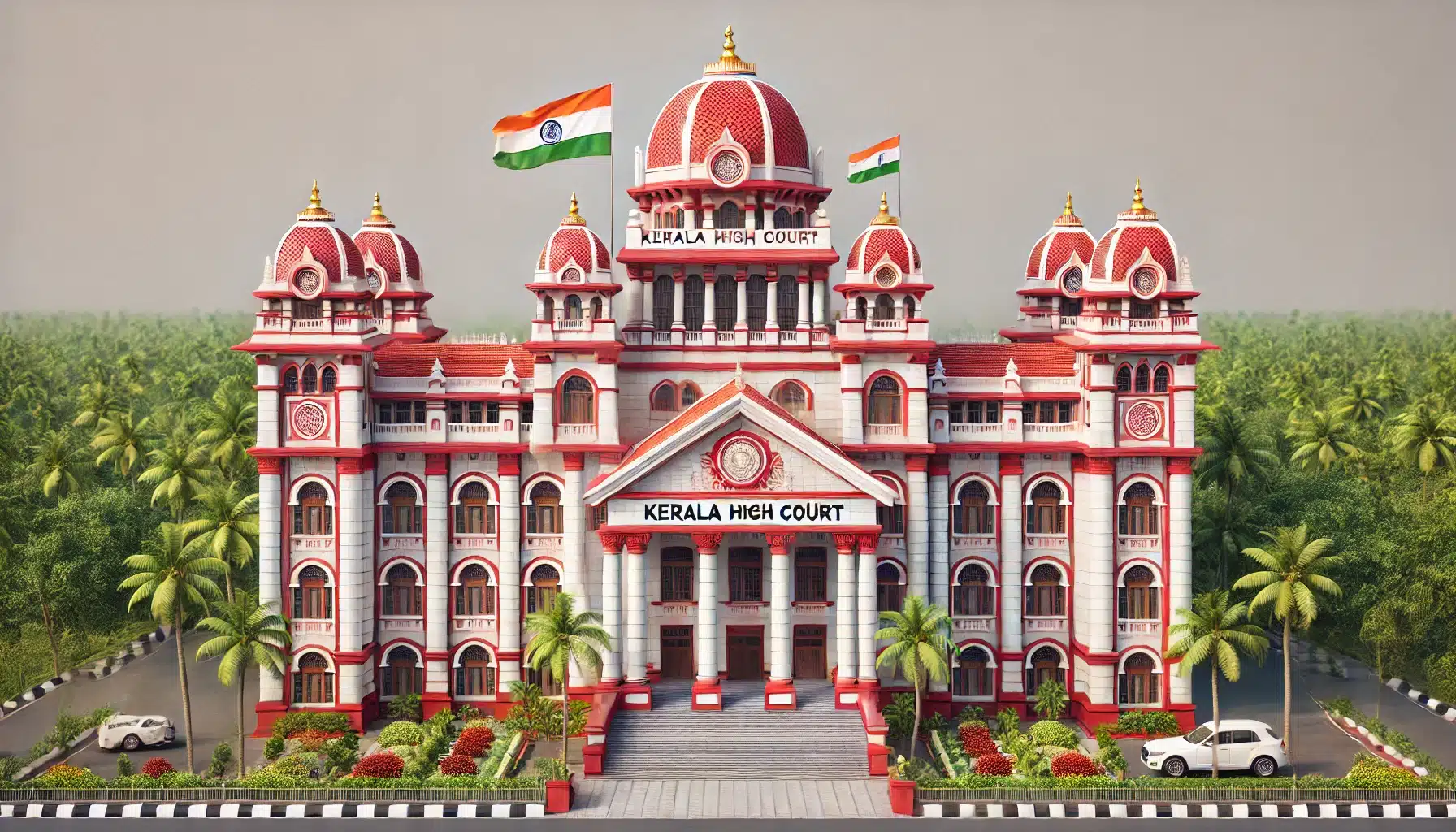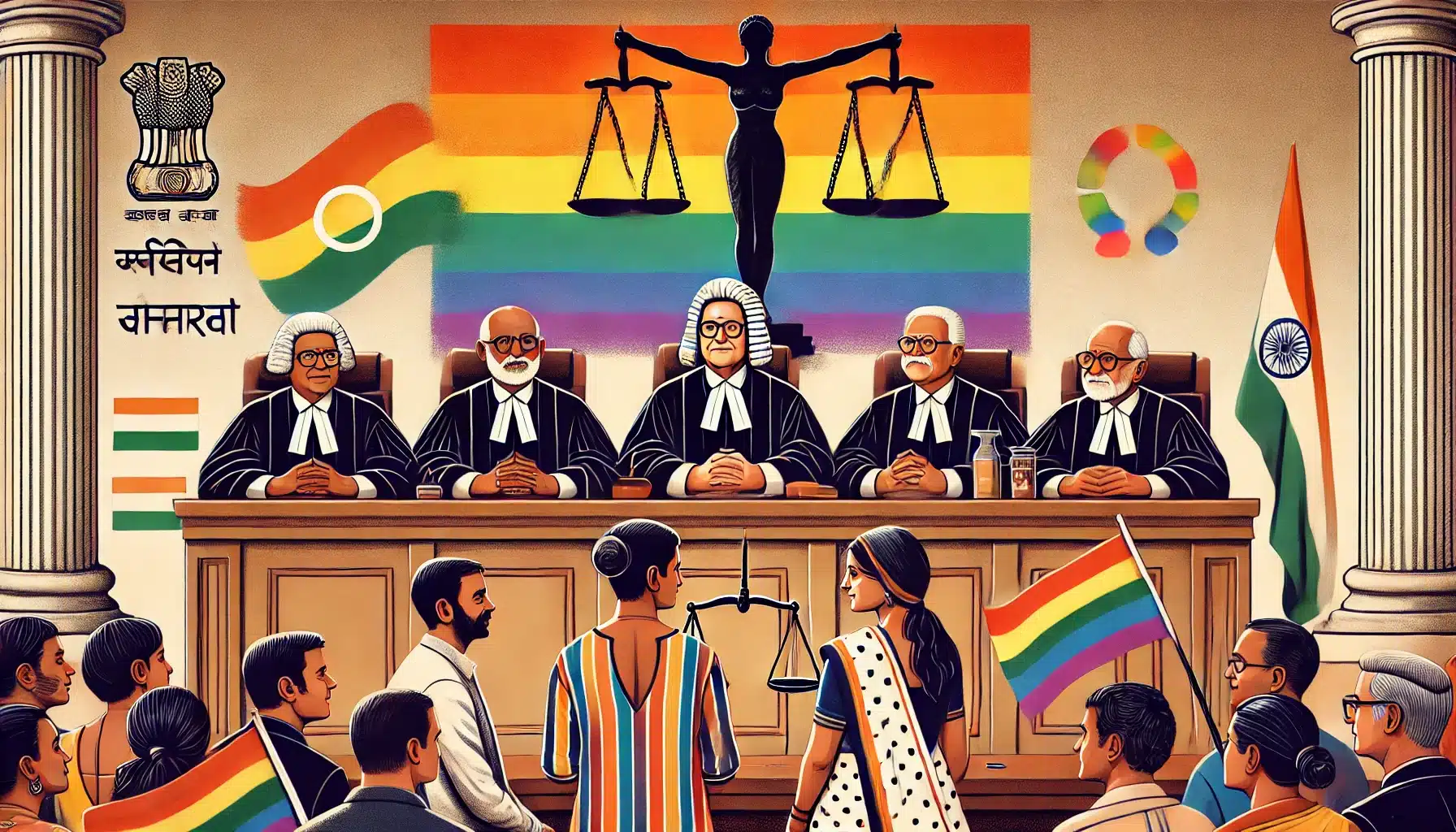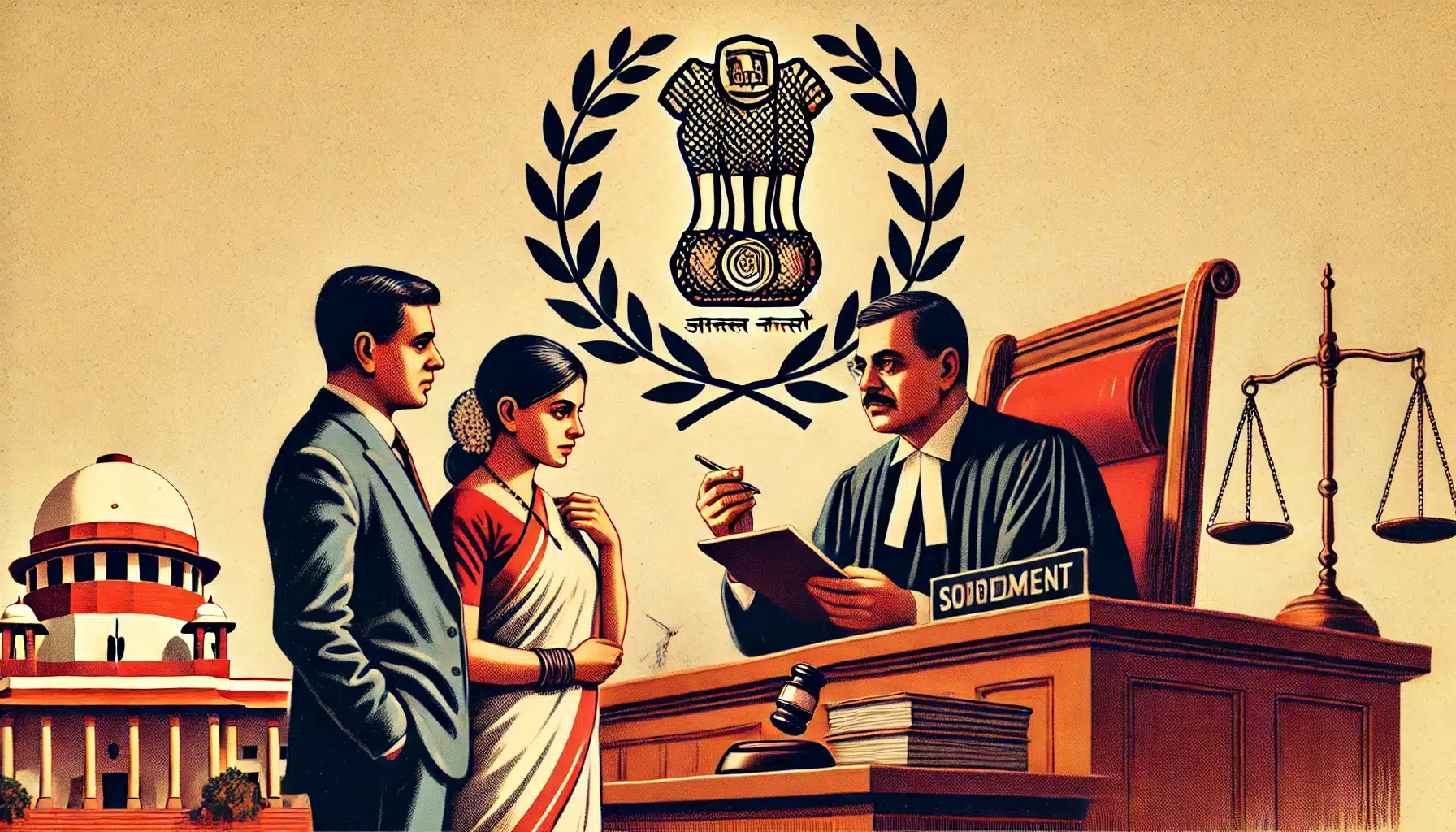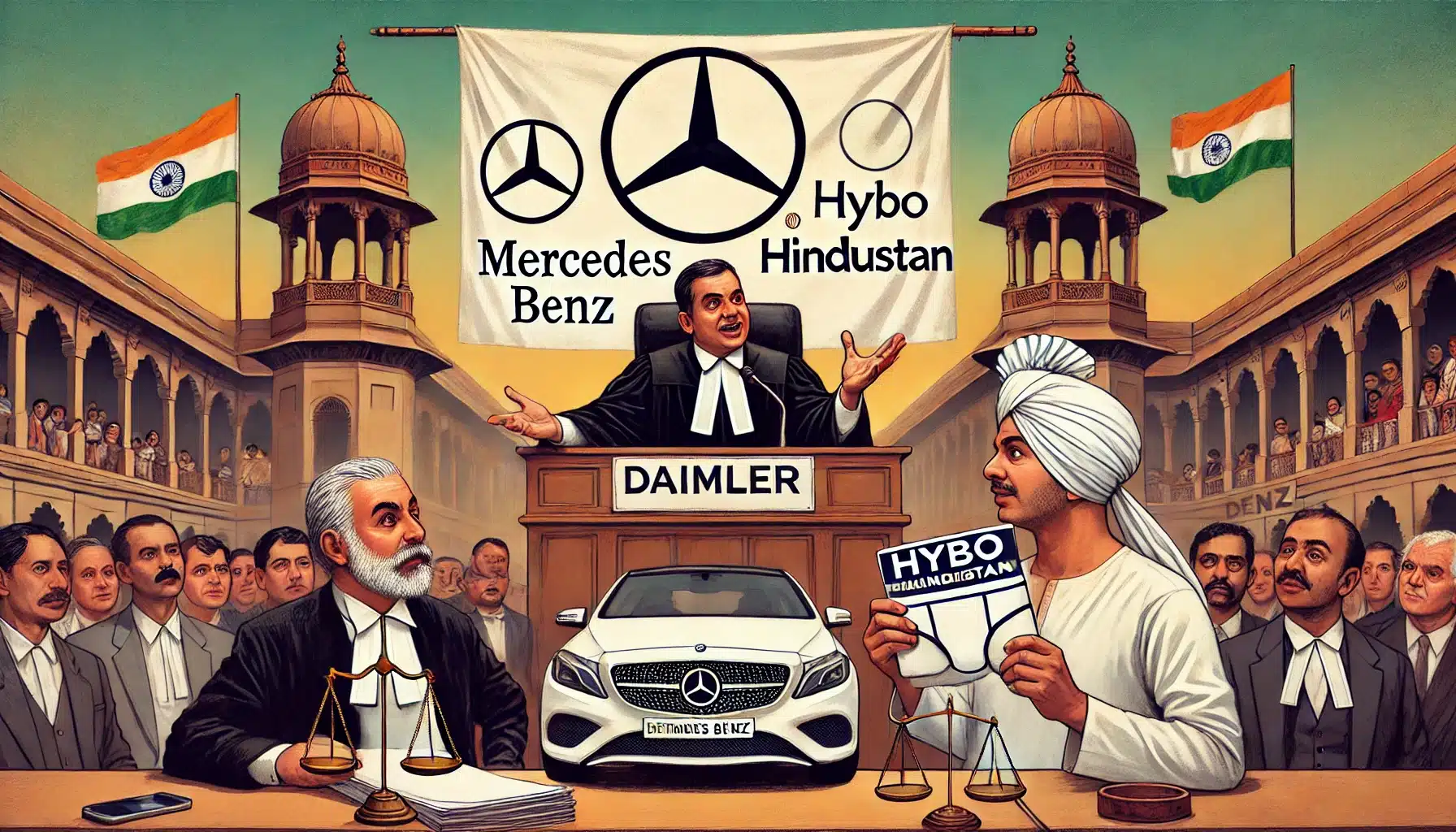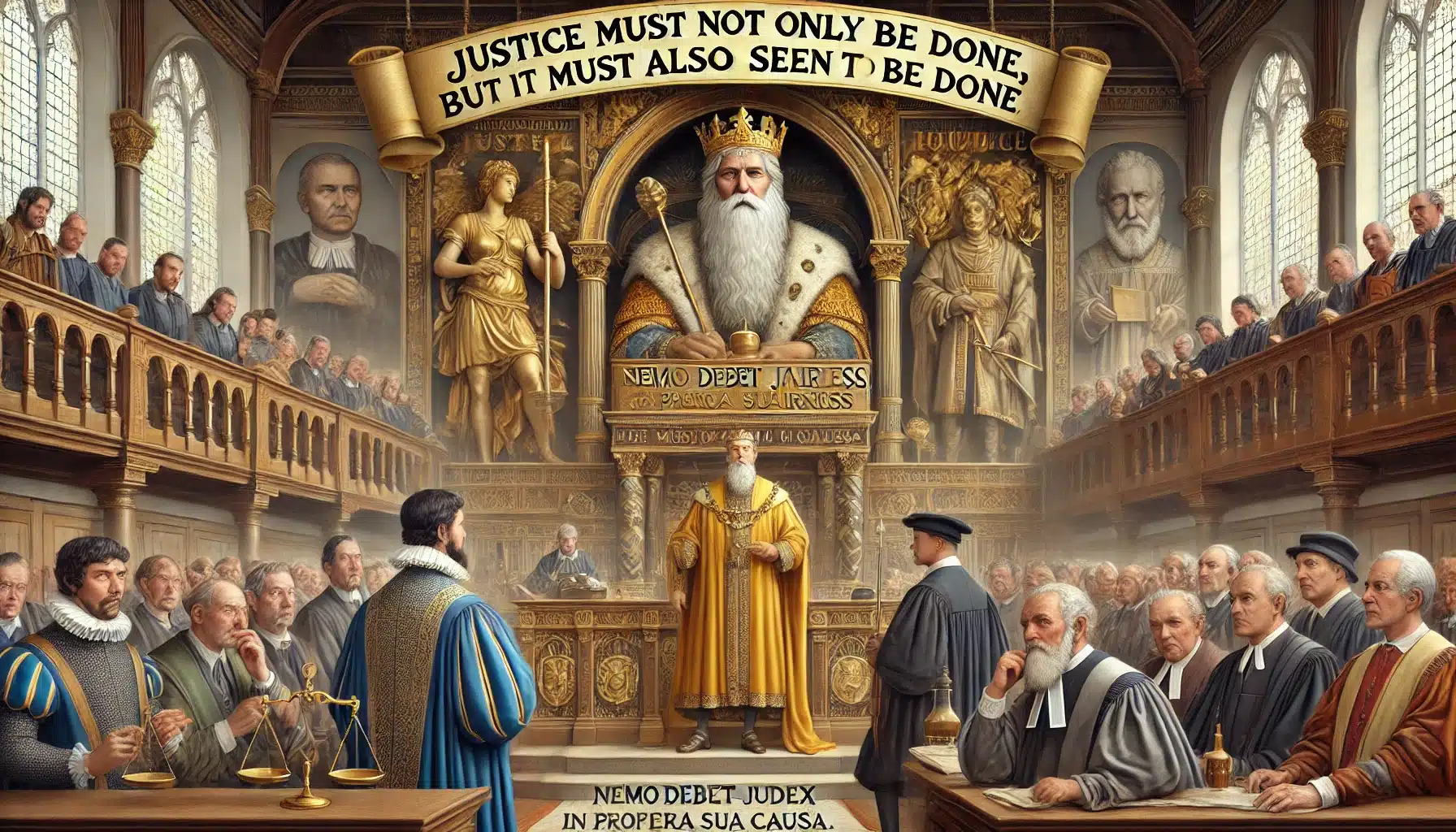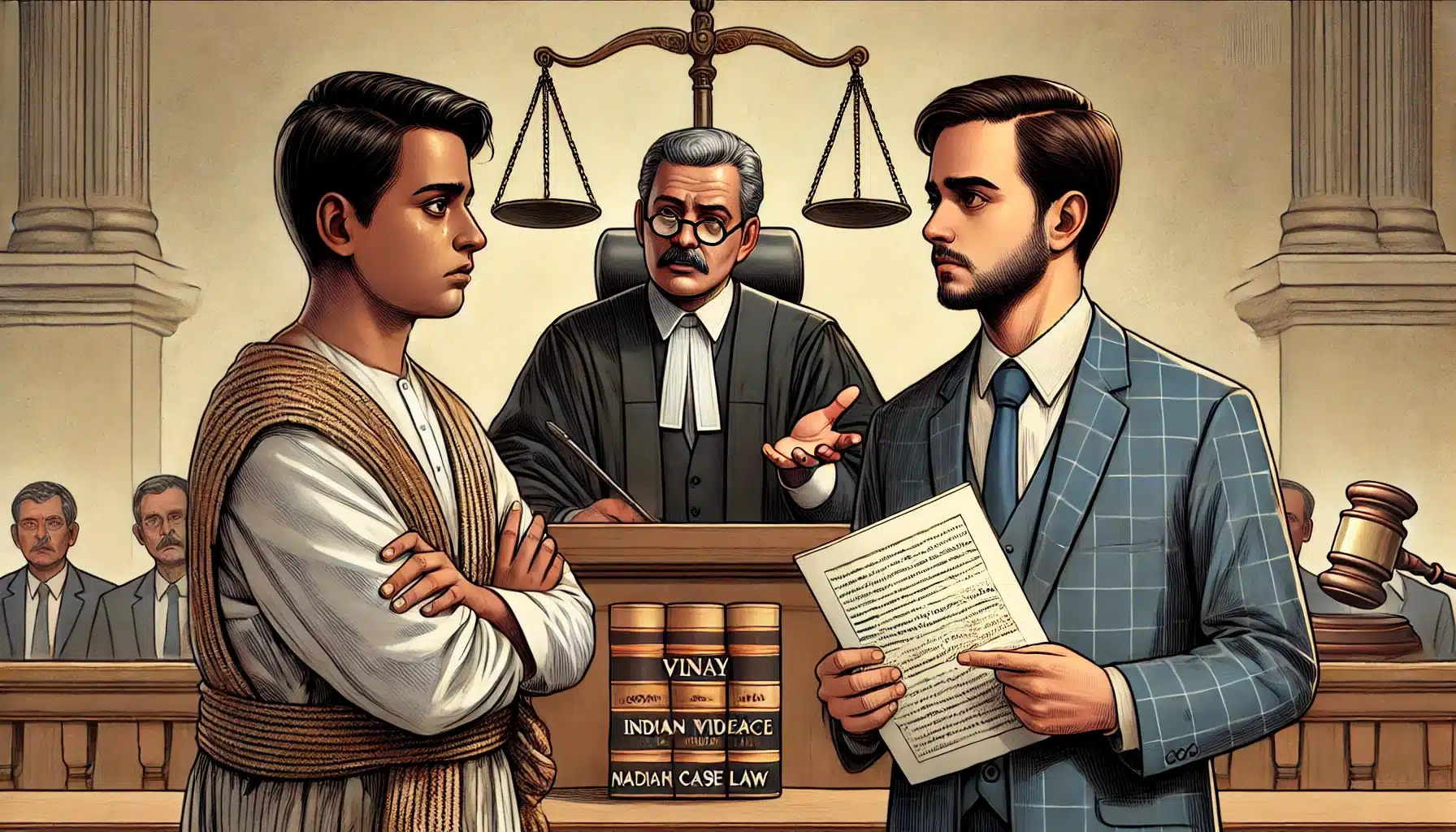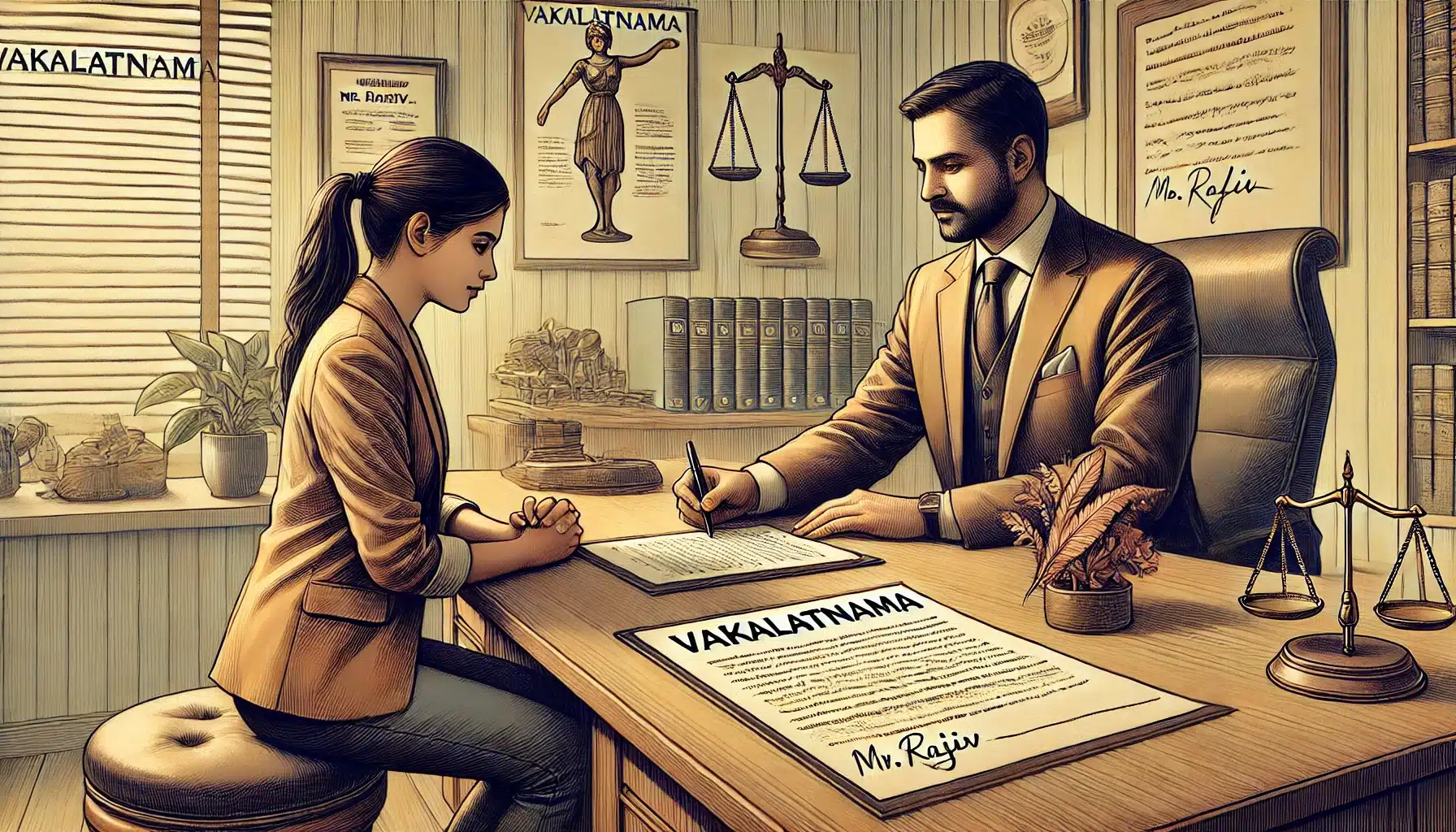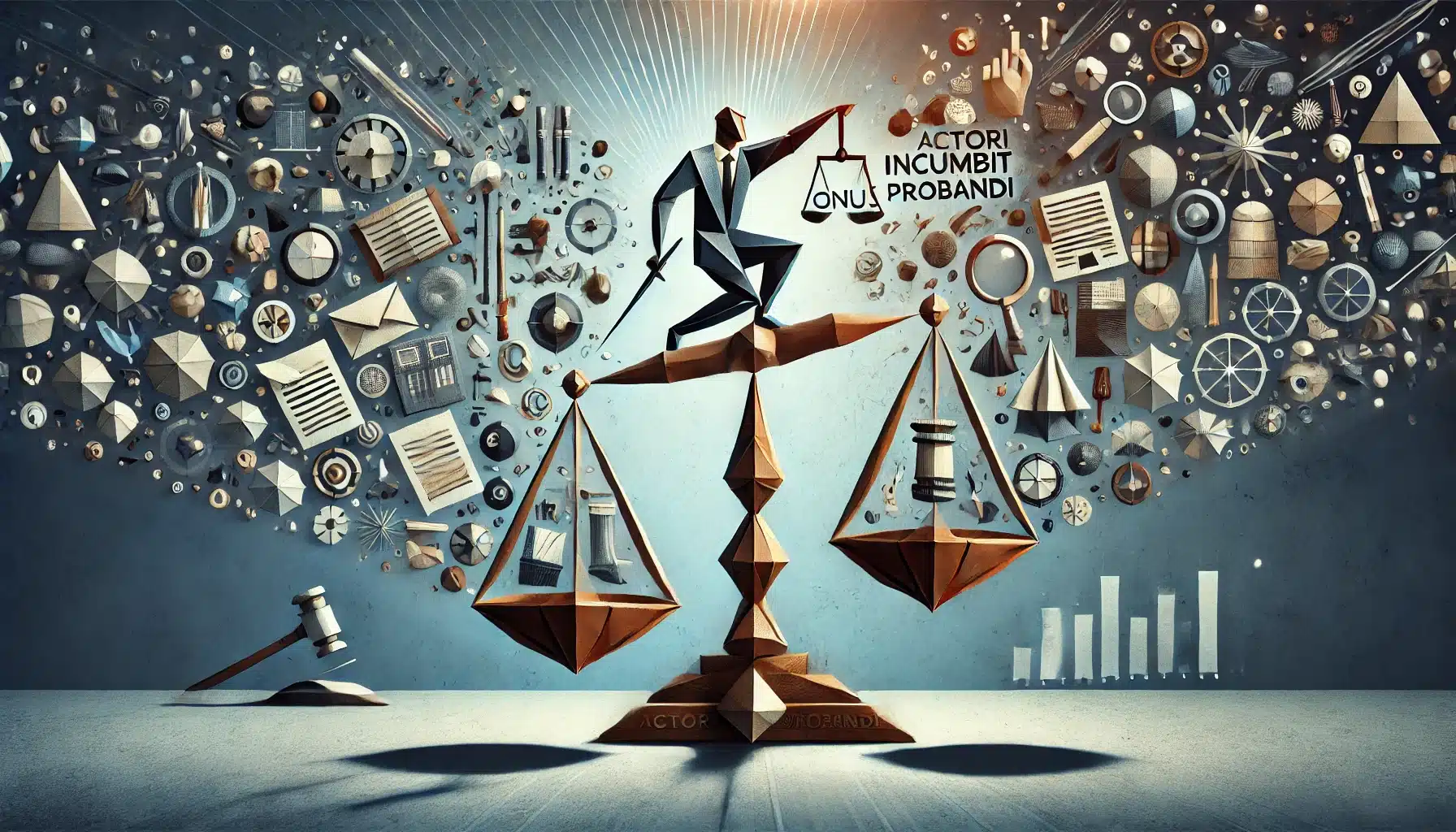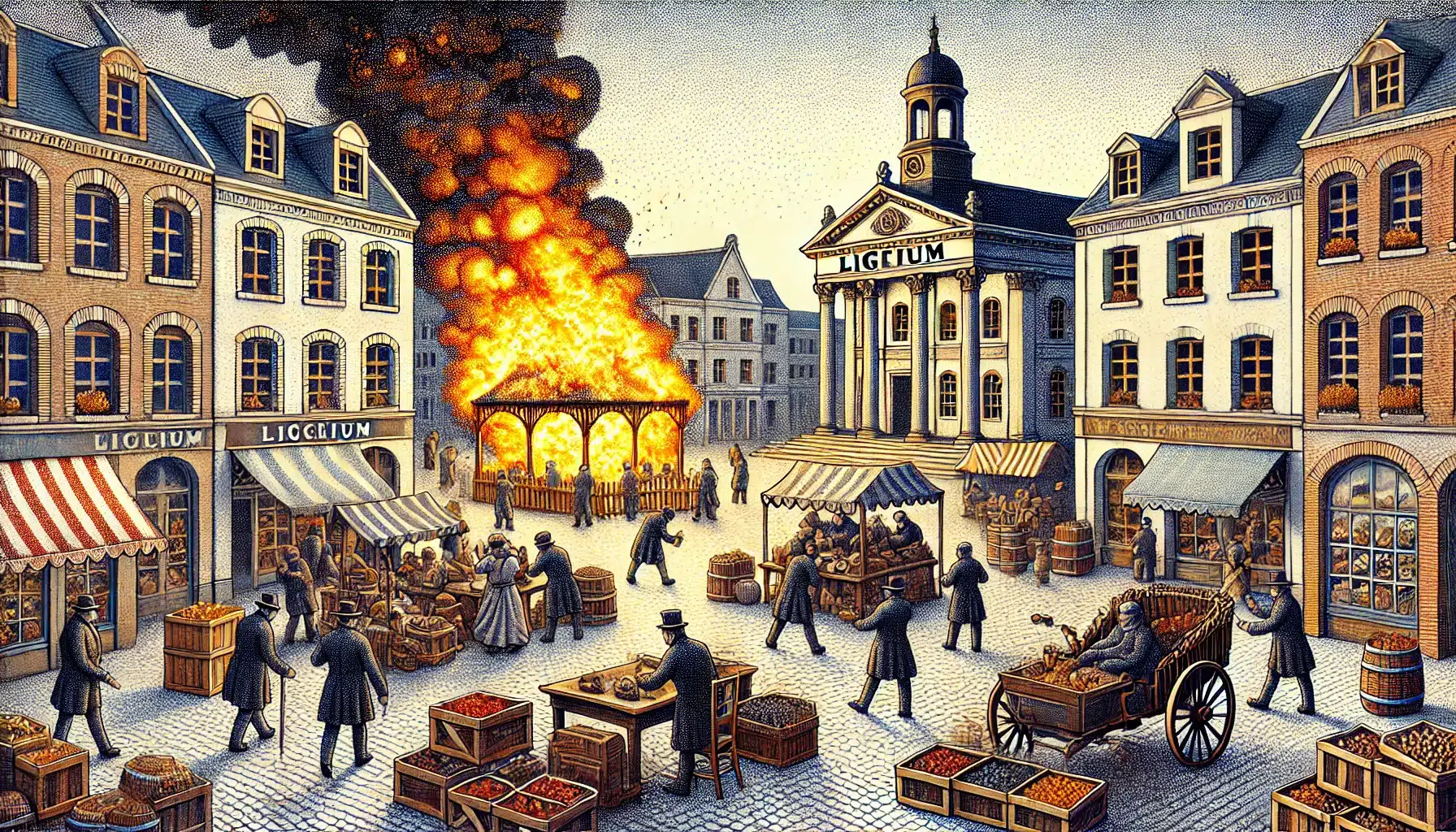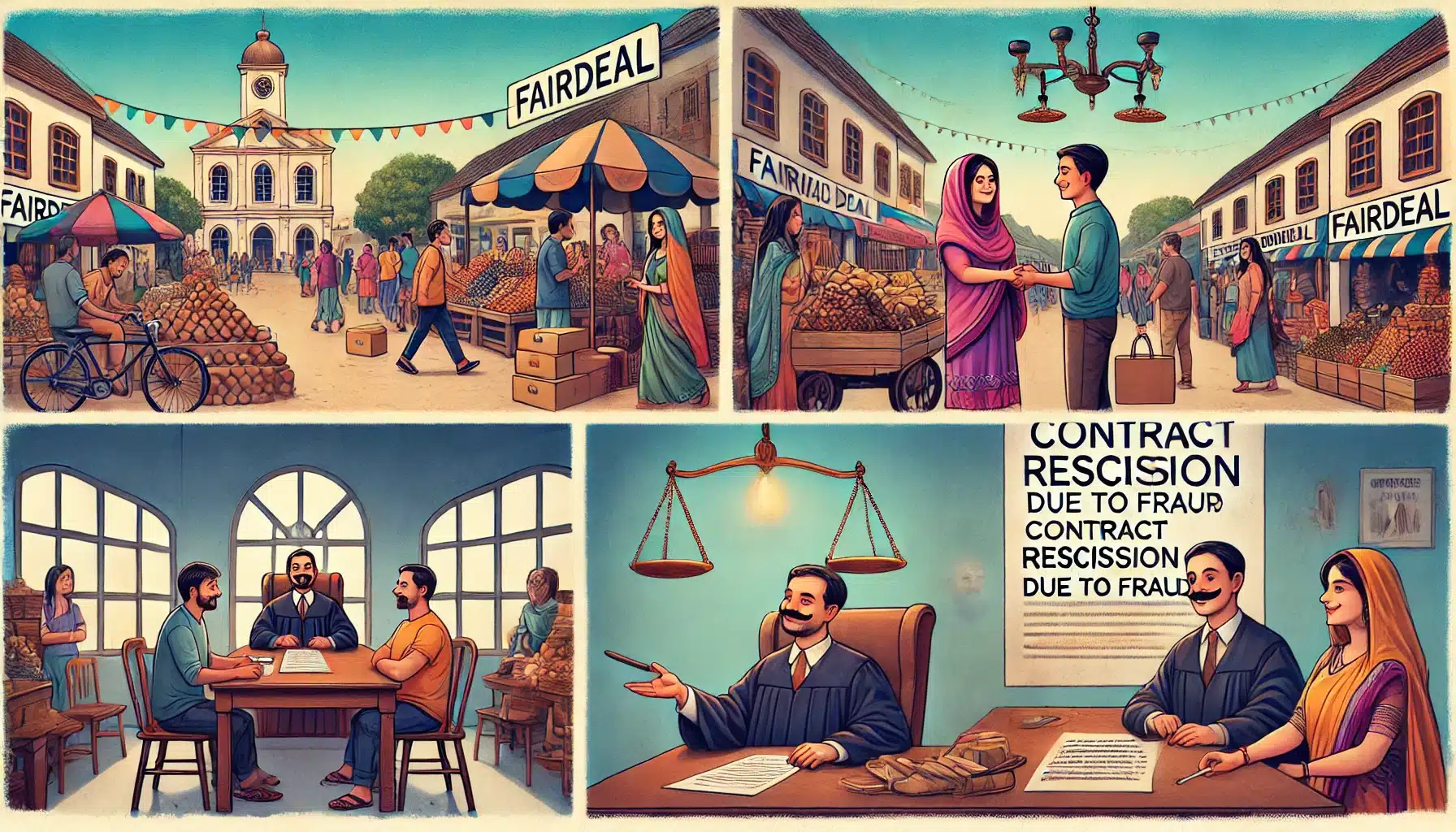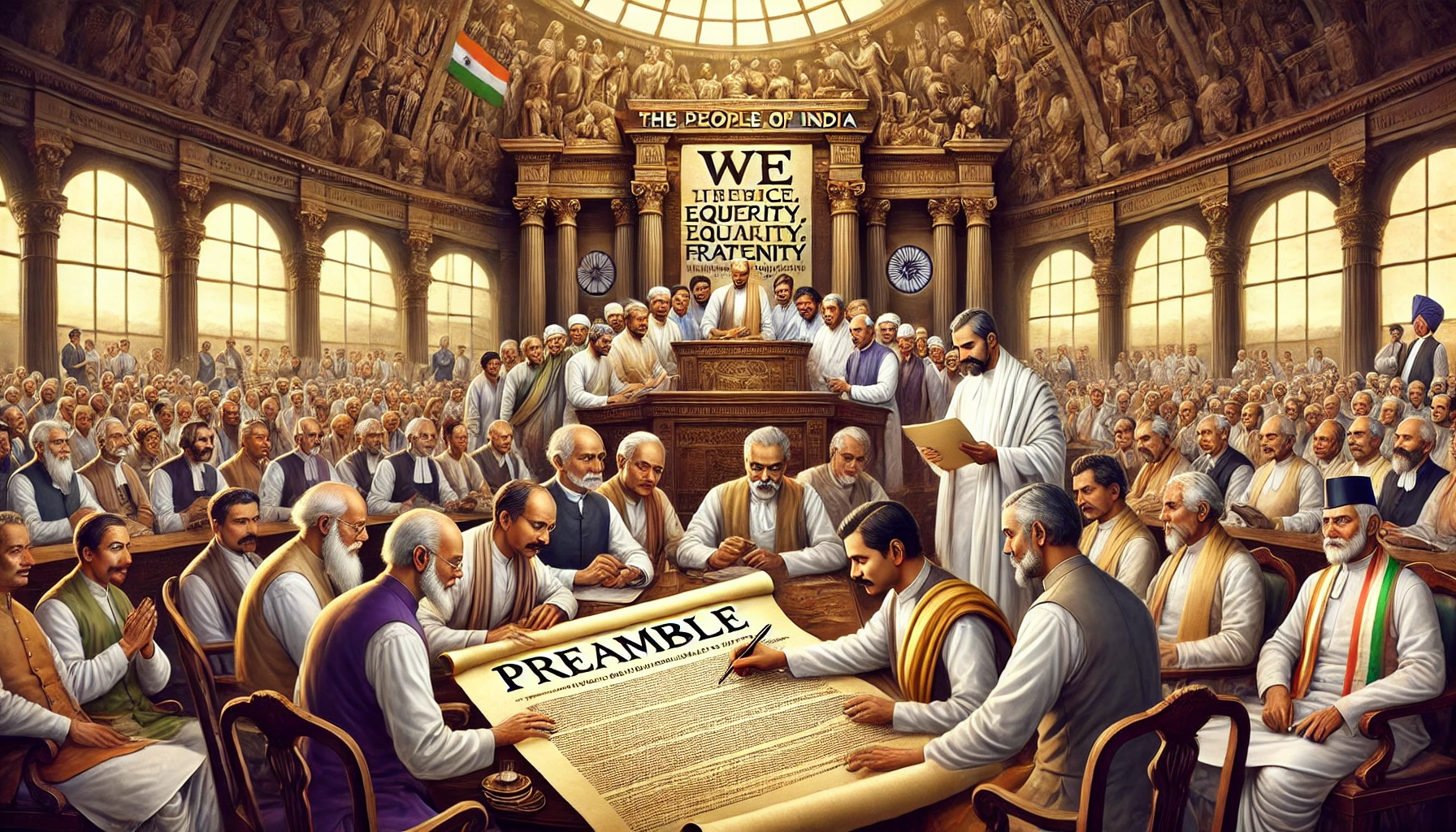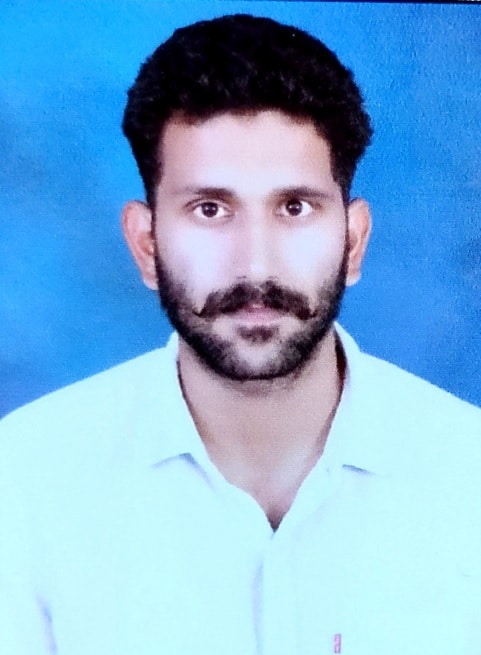Jun 10, 2023 20:40 UTC
| Updated:
Jun 10, 2023 at 20:43 UTC
Understanding Anuradha Bhasin v. Union of India: The Kashmir Internet Shut-down case
The Kashmir Internet Shutdown Case
Liberty is a conflicting concept, when the rights of different persons are concerned. John Stuart Mill also expounded the “Harm principle”[1], which allows a person to act freely unless his/her act causes harm to others, thus providing a straight jacket limitation upon individual liberty. The concept of liberty becomes more problematic when it comes to the promise of security by the state. Liberty and security have always been at loggerheads. Indian courts have time to time tried to ensure that citizens are provided with all rights and liberty to the highest extent while ensuring security at the same time.
This case also boiled around to discover as to what is more important, liberty or security? And to strike a balance between liberty and security issues to an extent that fundamental rights are secured and enjoyed in the most appropriate way. On 5 August 2019, Constitutional Order 272 was issued by the President which apply all provisions of the Constitution of India to the state of J&K. In addition to this Art 367 of the Constitution of India was modified. Under the apprehension of the breach of peace and tranquillity, District Magistrates restricted the movement and public gathering under Sec 144, CrPC. Earlier to this, on 4 August 2019 mobile phone networks, internet services, landline connectivity were discontinued in the valley.
Aggrieved by such restrictions, Ms. Anuradha Bhasin filed W.P.(C) No. 1031 of 2019, emphasizing that movement of journalists was restricted, Kashmir Times Srinagar Edition could not be distributed on 5 August 2019 and is not in publication since 6 August 2019. In another W.P.(C) No. 1164 of 2019, Mr. Ghulam Nabi Azad alleged that he was halted from travelling to his constituency in J&K. Both the writs were tagged together for the present case.
Issues
- Whether the Government can claim exemption from producing all the orders passed under Section 144, CrPC, and other orders under the Suspension Rules?
- Whether the freedom of speech and expression and freedom to practice any profession, or to carry on any occupation, trade, or business over the Internet is a part of the fundamental rights under Part III of the Constitution?
- Whether the Government’s action of prohibiting internet access is valid?
- Whether the imposition of restrictions under Section 144, CrPC were valid?
- Whether the freedom of the press of the Petitioner in W.P. (C) No. 1031 of 2019 was violated due to the restrictions?
The Verdict
Production of Orders
The peculiar thing about the case was that the orders which were in dispute, were never submitted in court. Petitioner claimed that the orders were not available as they were not published. Ms. Meenakshi Arora, Senior Counsel for the Intervenor submitted that unpublished orders do not hold the force of law. The rule of natural justice talks about the publication of law. It is also necessary to make it available and accessible to the public.
State initially claimed the privilege to be exempted from its responsibility for publication but later dropped the claim, and submitted sample orders due to difficulty in producing all orders which were being withdrawn and modified on daily basis.
In Ram Jethmalani v. Union of India[2], the court observed that in regard to the petitions filed under Art 32(1) to be meaningful as to fundamental rights, the petitioner should not be denied information in possession of the state.
Court also took the reference of Art 19 that right to freedom of speech and expression includes right to information which cannot be denied. A transparent and accountable democratic state would always publish the orders as it is the right of the individuals to know. Moreover, in the words of Lon L. Fuller,
“there can be no greater legal monstrosity than a secret statute“[3]
Based upon these premises, the court held that there is no valid ground for refusing the production of orders before the court. If there exists any special privilege, it should have been claimed by the state through an affidavit.
Constitutionality of Art 19(1)(a) and Art 19(1)(g) in internet medium
There was no dispute regarding the right to access the internet as the fundamental right. The main focus was on declaring the right to freedom of speech & expression and right to carry on any trade or business, through the internet medium as constitutionally protected. This was supported by taking reference of Secretary, Ministry of I&B Government of India v. Cricket Association of Bengal[4] where the court held that freedom of speech and expression includes the right to disseminate information to as wide a section of the population as is possible. The wider range of circulation of information or its greater impact cannot restrict the content of the right nor can it justify its denial. In Indian Express v. Union of India[5] also court took the view that the freedom of print medium is covered under the freedom of speech and expression.
Therefore, these precedents establish that freedom of speech and expression through the medium of internet is an integral part of Art 19(1)(a). in the present globalizing world, internet serves as an important tool for trade and commerce. A majority of trade are done through the internet only. So, freedom of trade and commerce through the medium of the internet is also constitutionally protected.
Restrictions under Art 19(2)
As the fundamental rights are not absolute, the rights given under Art 19(1) are restricted through Art 19(2), which provides,
“(2) Nothing in sub clause (a) of clause ( 1 ) shall affect the operation of any existing law, or prevent the State from making any law, in so far as such law imposes reasonable restrictions on the exercise of the right conferred by the said sub clause in the interests of the sovereignty and integrity of India, the security of the State, friendly relations with foreign States, public order, decency or morality or in relation to contempt of court, defamation or incitement to an offence“
Question arose as to whether restrictions under Art 19(2) means complete prohibition, which was answered in positive by the court but should be decided with regard to the facts and circumstances of each case.[6]
Doctrine of proportionality
The thing that is to be remembered while imposing any restriction or prohibition is the question of balancing and proportionality. Prior to this case also, these concepts were used in Minerva Mills Ltd. V. Union of India[7] and Sanjeev Coke Manufacturing Company v. M/s Bharat Coking Coal Ltd.[8], where balancing approach with respect to fundamental rights and directive principles of state policy was applied.
In Justice (Retd.) K.S. Puttaswamy v. Union of India[9], court observed that,
“Proportionality is an essential facet of the guarantee against arbitrary State action because it ensures that the nature and quality of the encroachment on the right is not disproportionate to the purpose of the law…“
While balancing national security with liberty, we should be more cautious as in criminal justice, balancing is a politically dangerous metaphor unless careful regard is given to what is at stake.[10]
Fundamental rights could be applied as ‘rules’ which apply in ‘all or nothing fashion’ or as ‘principles’ where they are seen in a normative manner. Ronald Dworkin propounded ‘the rules theory’ as he views fundamental rights as ends in themselves, which cannot be derogated as they represent the highest norm under the constitution.[11] Whereas Robert Alexy put forward ‘the principle theory’, which required that something is realized to the greatest extent possible given the legal and factual possibilities.[12]
In India, we take rights as principles while applying the balancing approach. As observed in Om Kumar v. Union of India[13],
“By “proportionality”, we mean the question whether, while regulating exercise of fundamental rights, the appropriate or least-restrictive choice of measures has been made by the legislature or the administrator so as to achieve the object of the legislation or the purpose of the administrative order, as the case maybe. Under the principle, the court will see that the legislature and the administrative authority “maintain a proper balance between the adverse effects which the legislation or the administrative order may have on the rights, liberties or interests of persons keeping in mind the purpose which they were intended to serve”.
In Modern Dental College & Research Centre v. State of Madhya Pradesh[14], court held that no constitutional right can be claimed to be absolute in a realm where rights are interconnected to each other, and limiting some rights in the public interest might, therefore, be justified.
But the questions remain as to what is the limit? So, a test of proportionality is required.
Test of Proportionality
The court relied upon two theories of proportionality, one which is given by the German Federal Constitutional Court and, the other given by the Canadian Court in R. v. Oakes[15].
The German Federal Constitutional Court, provides a four-pronged test, which is as follows:
- it has to be analyzed as to whether the measure restricting the rights serves a legitimate goal (also called as the legitimate goal test),
- then it has to be analyzed whether the measure is a suitable means of furthering this goal (the rational connection stage),
- next it has to be assessed whether there existed an equally effective but lesser restrictive alternative remedy (the necessity test),
- at last, it should be analyzed if such a measure had a disproportionate impact on the right-holder (balancing stage).
The Oakes Test provides,
- the object of the measure must be compelling enough to warrant overriding of the constitutionally guaranteed freedom,
- a rational nexus must exist between such a measure and the object sought to be achieved,
- means must be least restrictive,
- there must be proportionality between the effects of such measure and the object sought to be achieved.
However, there exist difference between these two approaches. Firstly, Oakes test measure to be compelling one rather that ‘any’ in case of the German one. Secondly, the German test calls for lesser restrictive measure but equally effective, whereas, the Oakes one least restrictive means but does not provide for effectiveness.
The doctrine of proportionality was adopted in Modern Dental College case[16] on the lines of German approach, which was carry forwarded by Dr. Sikri J., in K.S. Puttaswamy (Retired) v. Union of India[17] with Bilchitz analysis. Four components of proportionality were provided in Modern Dental College case[18], which were as follows:
- A measure restricting a right must have a legitimate goal (legitimate goal stage).
- It must be a suitable means of furthering this goal (suitability or rational connection stage).
- There must not be any less restrictive but equally effective alternative (necessity stage).
- The measure must not have a disproportionate impact on the right-holder (balancing stage).
So, summarizing the doctrine of proportionality, the court in the present case provided the following guidelines:
- Legitimate goal of measures imposing restrictions must be determined.
- Alternative mechanisms in furtherance of goal must be analysed first before imposing measures.
- Measure should be least restrictive one considering the facts and circumstances.
- Order should be supported by sufficient material and should be amenable to judicial review.
Hence, the triangulation of a restriction requires the consideration of appropriateness, necessity and the least restrictive measure before being imposed.
On the matter of selective blocking of services, the argument of the state that they are unable to do so on lack of technology was rejected by the court. Court ordered the government to consider various options provided under Art 19(2) of the Constitution, so that freedom of speech is hampered in least possible manner.
Procedural aspects as to internet shutdown
After dealing with substantive law concerned with right to internet, court focuses upon the procedural law. Under the procedural law, Information Technology Act, 2000, Criminal Procedure Code, 1973 and the Telegraph Act were dealt with.
Section 69A of the Information Technology Act, 2000 read with the Information Technology (Procedures and Safeguards for Blocking for Access of Information by Public) Rules, 2009 allows blocking of access to information. The constitutionality of this provision was upheld in Shreya Singhal case[19]. This provision is articulated only to block certain websites over the internet and not a complete ban on the internet. So, this does not hold any relevance in present facts and circumstances.
Before 2017, orders restricting access to the internet were covered under Sec 144 Cr.P.C. But after coming of Suspension Rules under Sec 7 of Telegraph Act, 1885 in 2017, the scenario has changed. Now, the States are using the aforesaid Rules to restrict telecom services including access to the internet.
Rule 2 of Suspension Rules provides,
“2.(1) Directions to suspend the telecom services shall not be issued except by an order made by the Secretary to the Government of India in the Ministry of Home Affairs in the case of Government of India or by the Secretary to the State Government in-charge of the Home Department in the case of a State Government (hereinafter referred to as the competent authority), and in unavoidable circumstances, where obtaining of prior direction is not feasible, such order may be issued by an officer, not below the rank of a Joint Secretary to the Government of India, who has been duly authorised by the Union Home Secretary or the State Home Secretary, as the case may be:
Provided that the order for suspension of telecom services, issued by the officer authorised by the Union Home Secretary or the State Home Secretary, shall be subject to the confirmation from the competent authority within 24 hours of issuing such order:
Provided further that the order of suspension of telecom services shall cease to exist in case of failure of receipt of confirmation from the competent authority within the said period of 24 hours.
(2) Any order issued by the competent authority under sub-rule (1) shall contain reasons for such direction and a copy of such order shall be forwarded to the concerned Review Committee latest by next working day.
(3) The directions for suspension issued under sub-rule (1) shall be conveyed to designated officers of the telegraph authority or to the designated officers of the service providers, who have been granted licenses under section 4 of the said Act, in writing or by secure electronic communication by an officer not below the\ rank of Superintendent of Police or of the equivalent rank and mode of secure electronic communication and its implementation shall be determined by the telegraph authority.
(4) The telegraph authority and service providers shall designate officers in every licensed service area or State or Union territory, as the case may be, as the nodal officers to receive and handle such requisitions for suspension of telecom services.
(5) The Central Government or the State Government, as the case may be, shall constitute a Review Committee.
(i) The Review Committee to be constituted by the Central Government shall consist of the following, namely:-
(a) Cabinet Secretary-Chairman;
(b) Secretary to the Government of India In-charge, Legal Affairs-Member;
(c) Secretary to the Government, Department of Telecommunications-Member.
(ii) The Review Committee to be constituted by the State Government shall consist of the following, namely:-
(a) Chief Secretary-Chairman;
(b) Secretary Law or Legal Remembrancer In-Charge, Legal Affairs-Member;
(c) Secretary to the State Government (other than the Home Secretary) -Member.
(6) The Review Committee shall meet within five working days of issue of directions for suspension of services due to public emergency or public safety and record its findings whether the directions issued under sub-rule (1) are in accordance with the provisions of sub-section (2) of section 5 of the said Act.“
Rule 2 in itself provides a number of safeguards as follows;
- Orders passed by duly authorised officers in “unavoidable” circumstances need to be confirmed by the competent authority within 24 hours, failing which the order will cease to exist.
- Order passed must be a reasoned one.
- Reason should not only indicate the necessity of measure but also the “unavoidable” circumstances that lead to passing the order.
- Constitution of Review committee, which shall meet within 5 days to find whether direction issued are in harmony to Sec 5(2) of the Telegraph Act, 1885.
The Rule 2 is closely related to Sec 5(2) of Telegraph Act and to understand the restriction on internet, Sec 5(2) is to be analyzed, which is as follows:
“5. Power for Government to take possession of licensed telegraphs and to order interception of messages
(2) On the occurrence of any public emergency, or in the interest of the public safety, the Central Government or a State Government or any officer specially authorised in this behalf by the Central Government or a State Government may, if satisfied that it is necessary or expedient so to do in the interests of the sovereignty and integrity of India, the security of the State, friendly relations with foreign states or public order or for preventing incitement to the commission of an offence, for reasons to be recorded in writing, by order, direct that any message or class of messages to or from any person or class of persons, or relating to any particular subject, brought for transmission by or transmitted or received by any telegraph,
shall not be transmitted, or shall be intercepted or detained, or shall be disclosed to the Government making the order or an officer thereof mentioned in the order:
Provided that the press messages intended to be published in India of correspondents accredited to the Central Government or a State Government shall not be intercepted or detained, unless their transmission has been prohibited under this sub-section.“
It has to be understood that no guided power is given to the central government under Sec 5. The initial demand is of the existence of “public emergency”. The phrase “public emergency” is immediately followed by “or in the interest of public safety”. This simply confines that there is the presence of a public emergency which raises problems concerning the interest of the public.
Another requirement under Sec 5(2) of the Telegraph Act that there is necessity to pass order in the interest of sovereignty and integrity of India, the security of the state, friendly relations with foreign states or public order or for preventing incitement to the commission of an offence. Moreover, the reasons for particular requirement is to be recorded. So, the authorities are required to triangulate the necessity of imposition of such restriction after satisfying the proportionality requirement.
Court observed the following lacunas in the Suspension Rules:
- The Suspension Rule does not provide for publication or notification of orders. But according to the principles of natural justice, any order affecting lives, liberty and property of people must be notified directly and reliably[20].
- There is no appellate mechanism provided under Suspension Rules but a judicial review of order could not be taken away.
- Title of the Suspension Rules uses the word “temporary”, but there is no indication of the maximum duration for the order issued under such rules. So, providing procedural safeguards, the court issued the direction that the Review Committee constituted under Rule 2(5) must conduct a periodic review with 7 working days of the previous review. Hence restrictions under Suspension Rules are temporary in nature.
Hence, court ordered the authorities to issue orders following the guidelines.
Safeguards to prevent misuse of Sec 144, Cr.P.C.
Sec 144, Cr.P.C. provides the state with the power to take preventive measures to deal with imminent threats to public peace. This power could be used in urgent cases of nuisance or apprehended danger. It also provides for several safeguards to ensure that the power is not abused.
Court discussed the safeguards of Sec 144, Cr.P.C., as follows:
- Before issuing an order under Section 144, Cr.P.C., the District Magistrate (or any authorised Magistrate) must be of the opinion that there is a sufficient ground for proceeding under this provision and immediate prevention or speedy remedy is desirable. The phrase “opinion” suggests that it must be arrived at after a careful inquiry by the Magistrate about the need to exercise the extraordinary power conferred under this provision.
- Order cannot be a blanket order. It must set out the “material facts” of the case.
- It must be notified by proclamation and publication so as to convey the information to persons affected by the order. Only in case of an emergency or where the circumstances are such that notice cannot be served on such a person, can the order be passed ex parte.
- The order cannot be in force for more than two months. However, the State Government can extend an order issued under Section 144, Cr.P.C. by a Magistrate for a further period up to six months if the State Government considers it necessary for preventing danger to human life, health or safety or preventing a riot. The concerned Magistrate and the State Government must take all steps to ensure that the restrictions are imposed for a limited duration.
- The Magistrate or state government can rescind or alter any order made by him on his own or on an application by any aggrieved person. While considering any application for modification or alteration, the Magistrate or the State Government is required to act judicially.
First time Sec 144, Cr.P.C. was discussed in Babulal Parate Case[21], which provides various safeguards in it. The constitutionality of Sec 144 Cr.P.C. was again challenged in the Madhu Limaye case[22], which re-consider the Babulal Parate judgement. Court highlighted the power under Sec 144 must be:
- exercised in urgent situations to prevent harmful occurrences.
- exercised in a judicial manner which can withstand judicial scrutiny.
On the question of complete ban, court observed that restrictions should affect a minor section of the community rather than a larger section. Total prohibition or suspension may be resorted as a last measure.[23]
Petitioner’s contention that orders passed in mere anticipation or apprehension cannot be sustained in the eyes of law is rejected by court. Court clarified that powers under Sec 144 can be exercised in apprehension of danger also.[24]
Law & order and Public order
One of the contentions of the petitioners is that the words “law & order” is of narrower ambit than “public order” and using “law & order” would mean a narrower set of restrictions under Sec 144, Cr.P.C. Court took the view taken in Ram Manohar Lohia v. State of Bihar[25], where it observed that “public order” comprehend disorders of less gravity than those affecting “security of State”, “law and order” also comprehends disorders of less gravity than those affecting “public order”. So, an act may affect law and order but not public order; and an act may affect public order but not security of state.
This could be explained through a simple example, if two families quarrel over irrigation water, it might breach law and order, but in a situation where two communities fight over the same, the situation might transcend into a public order situation. The distinction between “public order” and “law and order” is a fine but clear one.
Order against general public or specific group
Another question that was raised was regarding whether order under Sec 144 Cr.P.C. could be issued against general public or specific group. Court clarified the point on the basis on Madhu Limaye case[26] that an order could be passed against either a particular individual or public in general. At times it would be impossible to distinguish between persons to be protected and individuals against whom orders are issued, so a generalized order could be passed. However, a general order is justified but if action is too general, then the order may be questioned.
Court of Appeal or not
The Solicitor General put forward the argument that the court cannot sit over the order passed by the magistrate, when there is no malafide intention, citing the Praveen Bhai Thogadia case[27], where the court itself stated that it does not act like an appellate authority over the decision of the official concerned. Interference should be the exception and not the rule.
But it is to be noted that it is not disputed that where there is challenge to fundamental rights, an order could be easily challenged. The scope of judicial review of that order is always there. But if that order is not published, then judicial review is crippled. Court admitted that they do not sit in appeal but the scope of judicial review is not extinguished.
Proper application of mind and reasoning is to be observed while restricting any rights through an order passed under Sec 144 Cr.P.C. In present facts and circumstances, petitioners never contested the power of the state to issue order under Sec 144 Cr.P.C. Authorities must follow the principles laid and procedure, taking into consideration the rights of individuals while accessing powers under Sec 144 Cr.P.C.
So, court summarized the Sec 144 Cr.P.C., as follows:
- The power under Section 144, Cr.P.C., being remedial as well as preventive, is exercisable not only where there exists present danger, but also when there is an apprehension of danger. However, the danger contemplated should be in the nature of an “emergency” and for the purpose of preventing obstruction and annoyance or injury to any person lawfully employed.
- The power under Section 144, Cr.P.C cannot be used to suppress legitimate expression of opinion or grievance or exercise of any democratic rights.
- An order passed under Section 144, Cr.P.C. should state the material facts to enable judicial review of the same. The power should be exercised in a bona fide and reasonable manner, and the same should be passed by relying on the material facts, indicative of the application of mind. This will enable judicial scrutiny of the aforesaid order.
- While exercising the power under Section 144, Cr.P.C. the Magistrate is duty bound to balance the rights and restrictions based on the principles of proportionality and thereafter apply the least intrusive measure.
- Repetitive orders under Section 144, Cr.P.C. would be an abuse of power.
Freedom of the Press
The petitioner was hindered from carrying out her profession and work due to complete shutdown of internet and SMS services. The court noted that there is no dispute that importance of press is well established under Indian law. Starting from the Channing Arnold v. The Emperor[28] to Sakal Papers (P) Ltd. v. Union of India[29], then Bennett Coleman v. Union of India[30], all established the importance of press in the modern society.
However, in the present case, petitioner’s contention relies upon the chilling effect. Court discussed the chilling effect tracing from Weiman v. Updgraff[31] and noted the decision in Laird v. Tantum[32], where the court observed,
“Allegations of a subjective “chill” are not an adequate substitute for a claim of specific present objective harm or a threat of specific future harm.”
In the present case, comparative harm test of chilling effect is used. In this, the court analyzed whether the restrictions had a restrictive effect on similarly placed individuals during the period. But petitioner failed to put forth evidence that other individuals were also restricted from publishing newspapers during the said period in the same area. Without evidence, the chilling effect argument could not be sustained.
Conclusion
Following order was passed by the court:
- The Respondent State/competent authorities were directed to publish all orders in force and any future orders under Section 144, Cr.P.C., and for suspension of telecom services, including the internet, to enable the affected persons to challenge it before the High Court or appropriate forum.
- Declared that the freedom of speech and expression and the freedom to practice any profession or carry on any trade, business or occupation over the medium of internet enjoys constitutional protection under Article 19(1)(a) and Article 19(1)(g). The restriction upon such fundamental rights should be in consonance with the mandate under Article 19 (2) and (6) of the Constitution, inclusive of the test of proportionality.
- An order suspending internet services indefinitely is impermissible under the Temporary Suspension of Telecom Services (Public Emergency or Public Service) Rules, 2017. Suspension can be utilized for the temporary duration only.
- Any order suspending internet issued under the Suspension Rules must adhere to the principle of proportionality and must not extend beyond the necessary duration.
- Any order suspending the internet under the Suspension Rules is subject to judicial review based on the parameters set out herein.
- Directed that the Review Committee constituted under Rule 2(5) of the Suspension Rules must conduct a periodic review within seven working days of the previous review, in terms of the requirements under Rule 2(6).
- Directed the respondent State/competent authorities to review all orders suspending internet services forthwith.
- The State/concerned authorities were directed to consider forthwith allowing government websites, localized/limited e-banking facilities, hospitals services and other essential services, in those regions, wherein the internet services are not likely to be restored immediately.
- The power under Section 144, Cr.P.C., being remedial as well as preventive, is exercisable not only where there exists present danger, but also when there is an apprehension of danger.
- The power under Section 144, Cr.P.C cannot be used to suppress the legitimate expression of opinion or grievance or exercise of any democratic rights.
- An order passed under Section 144, Cr.P.C. should state the material facts to enable judicial review of the same. The power should be exercised in a bona fide and reasonable manner, and the same should be passed by relying on the material facts, indicative of application of mind. This will enable judicial scrutiny of the aforesaid order.
- While exercising the power under Section 144, Cr.P.C., the Magistrate is duty-bound to balance the rights and restrictions based on the principles of proportionality and thereafter, apply the least intrusive measure.
- Repetitive orders under Section 144, Cr.P.C. would be an abuse of power.
[1] John Stuart Mill, On Liberty (1859).
[2] (2011) 8 SCC 1.
[3] Lon L. Fuller, Positivism and Fidelity to Law: A Reply to Professor Hart, The Harvard Law Review, 71(4), 630, 651 [February, 1958;
[4] (1995) 2 SCC 161;
[5] (1985) 1 SCC 641.
[6] State of Gujarat v. Mirzapur Moti Kureshi Kabab Jamat (2005) 8 SCC 534.
[7] (1980) 2 SCC 591;
[8] (1983) 1 SCC 147;
[9] (2017) 10 SCC 1.
[10] Lucia Zedner, Securing Liberty in the Face of Terror: Reflections from Criminal Justice, (2005) 32 Journal of Law and Society 510.
[11] Ronald Dworkin, “Rights as Trumps” in Jeremy Waldron (ed.), Theories of Rights (1984) 153 (hereinafter Dworkin, “Rights as is trumps”).
[12] R. Alexy, A Theory of Constitutional Rights (Oxford, Oxford University Press, 2002).
[13] (2001) 2 SCC 386;
[14] (2016) 7 SCC 353;
[15] (1986) 1 SCR 103 (Can) SC.
[16] Modern Dental College & Research Centre v. State of Madhya Pradesh (2016) 7 SCC 353.
[17] (2019) 1 SCC 1;
[18] Supra note at 16.
[19] Shreya Singhal v. Union of India (2015) 5 SCC 1.
[20] B.K. Srinivasan v. State of Karnataka (1987)1 SCC 658.
[21] Babulal Parate v. State of Bombay AIR 1960 SC 51.
[22] Madhu Limaye v. Sub- Divisional Magistrate, Monghgyr (1970) 3 SCC 746.
[23] Gulam Abbas v. State of Uttar Pradesh (1982) 1 SCC 71.
[24] Ramlila Maidan Incident, In re, (2012) 5 SCC 1.
[25] AIR 1966 SC 740;
[26] Supra note at 22;
[27] (2004) 4 SCC 684;
[28] (1914) 16 Bom LR 544;
[29] (1962) 3 SCR 842;
[30] (1972) 2 SCC 788;
[31] 344 U.S. 183;
[32] 408 U.S. 1 (1972).





